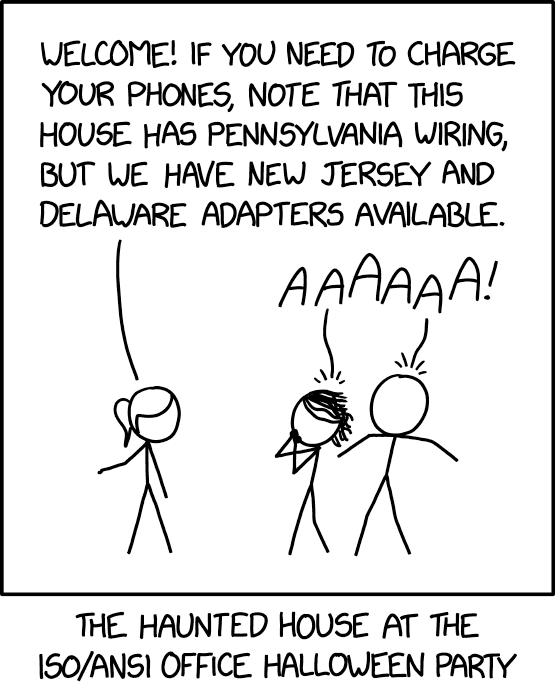

I don’t agree. As a single counter example of many YouTube has a huge wealth of information and content.
Maybe that value isn’t worth the ads, that is much harder to say for certain. But it is clear that there is some valuable information on some sites that are supported by ads.



Yup, that “what can I start in 10min” question really ruins a lot of productivity.